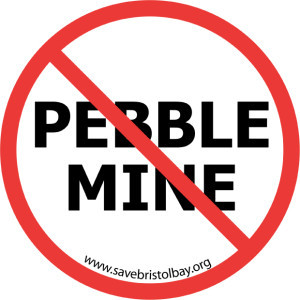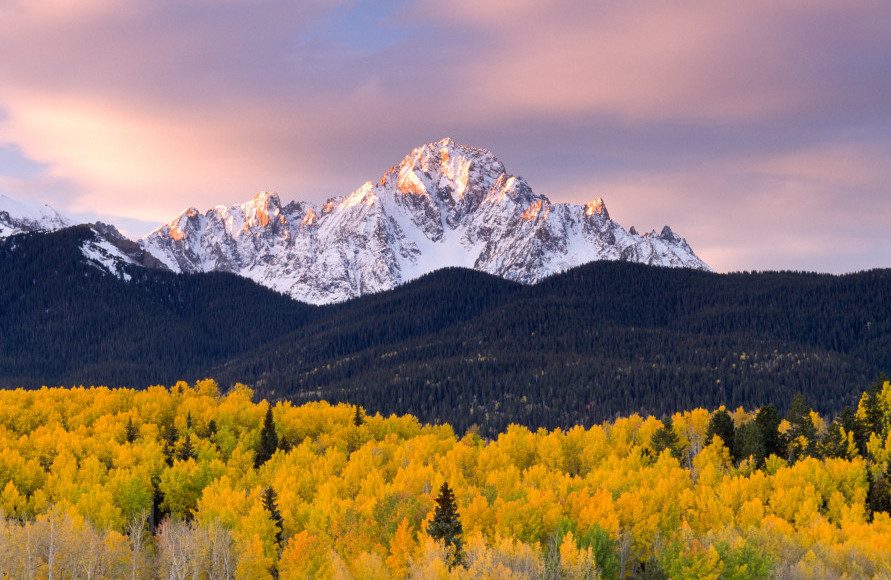
A wonky, lesser-known conservation tool is at risk: The Roadless Rule.
In 2001, after a wildly positive and enthusiastic public process made up of 600 public hearings and 1.6 million public comments, the United States Forest Service (USFS) adopted the Roadless Area Conservation Rule. With the rule’s creation, 58.5 million acres of Roadless areas in many National Forests (mostly in west) were protected from unnecessary road building, commercial logging, and coal, gas, oil and other mineral leasing.
Three Things You Need to Know about the Roadless Rule:
- It is a national rule that applies to National Forests. The United States is lucky to have 154 National Forests within our public lands system. About half of the 193 million acres of our National Forest lands are open to extractive uses like timber harvesting and oil leasing; the other half is protected as Wilderness (18%) and Roadless (30%).
- It protects places we play. According to Outdoor Alliance, Roadless areas in Utah alone protect 1,353 rock climbing routes, 1.2 million acres of backcountry skiing, 1,165 miles of hiking trails, and 988 miles of mountain biking trails. Fantastic outdoor recreation is abundant in Roadless areas across the country too, like Montana’s famous Hyalite Canyon ice climbing, West Virginia’s Gauley River, and the Methow Valley headwaters in Washington state.
- It is under threat. Both Utah and Alaska have filed state petitions with Secretary of Agriculture Secretary Perdue, asking for exemptions from the national Roadless Rule. The two states would prefer to write their own unique rules that open old growth timber harvesting in the Tongass National Forest and potentially popular backcountry areas in Utah’s Wasatch and Manti-La Sal.
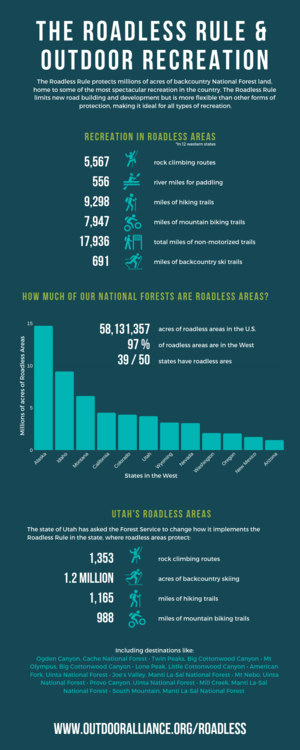
Keep reading to both learn more about this important rule preserving many of our National Forests, and what you can do to help protect it.
The Roadless Rule 101
When the Wilderness Act of 1964 was created, our land management agencies were mandated to survey all public lands for their wilderness and other wild characteristics. Land without existing roads and suitable for wilderness or other protections was designated “Inventoried Roadless Areas (IRAs) and set aside without a formal or permanent protection granted to them. In 1998, the USFS declared an 18-month moratorium on road building in national forests to take a closer look at these areas and make a recommendation, with input from the public, on what to do with them. The result was the Roadless Rule. Established under President Clinton on January 12, 2001 after one of the most expansive public involvement processes in the history of federal rule making, the Roadless Rule protected 58.5 million acres of Roadless areas within National Forests in 38 states from road-building, logging, and oil and gas leasing.
The Roadless Rule has been in political crosshairs ever since. On January 20, 2001, President George W. Bush took office and immediately put a halt on all rules and regulations established in the waning hours of the Clinton Administration. The Roadless Rule was one such rule. This catalyzed a series of events that spanned a decade and two Administrations to alter, reverse, and amend the rule. Eventually, both Idaho and Colorado received exemptions from the National Roadless Rule in favor of their own state specific rules. (Thanks to coordination amongst all stakeholders, these two rules are friendly towards conservation and recreation.)
It’s a different story in Utah and Alaska…
The Attack against the Roadless Rule
Alaska: In August of 2018, the Trump Administration began its attempt to revoke and replace the Roadless Rule protecting 9.5 million acres of the Tongass National Forest so the timber industry can log its old growth stands. The Forest Service initiated an Draft Environmental Impact Study (DEIS) and we anticipate seeing the report out mid-summer. Once released, a 60-day public comment period will kick off, and public feedback will be incorporated into the USFS’ final recommendation. We will be sure to keep you informed of ways to engage when the time is right.
Utah: In late February of this year, the state of Utah, under leadership from Governor Gary Herbert, submitted its petition to the USFS requesting to revoke and rewrite the 2001 Roadless Rule to be special to Utah. Within the petition’s meager four pages was a request to loosen protections from logging in 79 percent of Utah’s four million acres of Roadless land, release nine percent from all protections, and offer additional protections to no areas. Secretary Perdue has yet to make a decision on whether the USFS will accept Utah’s petition.
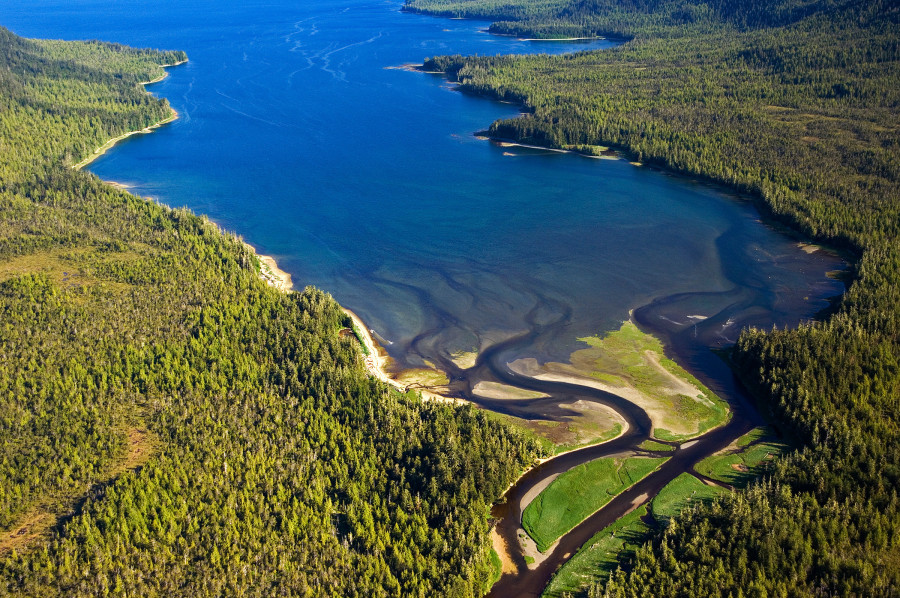
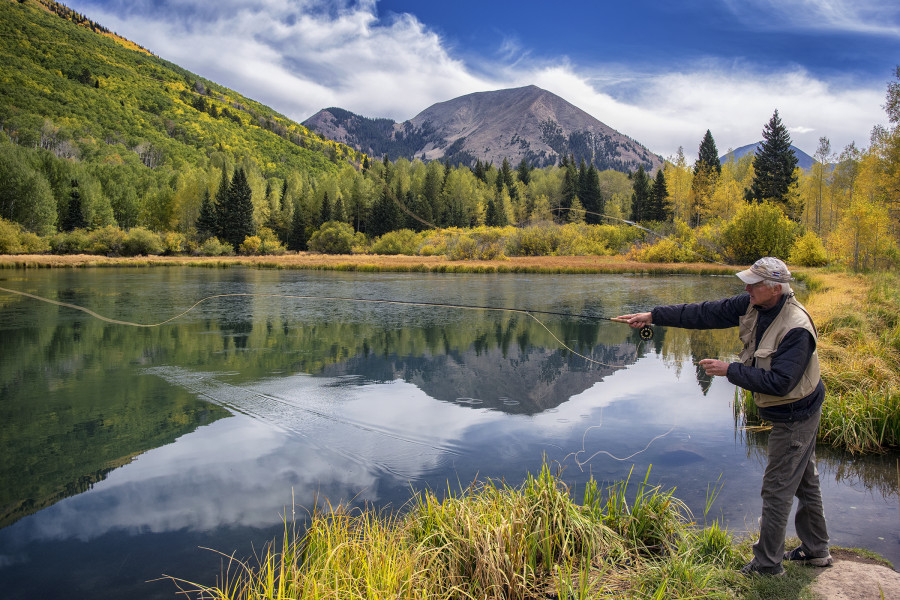
What is at Stake?
Precedent. And some of our favorite places to play outside.
Upholding the National Roadless Rule is upholding precedent. This is just another attempt by the Trump Administration and states to take a whack at the foundation of our public lands system. Specifically, it’s a whack to the actual places we like to play outside. Outdoor Alliance estimates that Utah’s proposal would roll back or eliminate protections for roughly 80 percent of currently protected areas in Utah for backcountry skiing, paddling, hiking, and mountain biking. We are talking about world-class bouldering in Joe’s Valley (see photo below), Big and Little Cottonwood Canyon, and the Uinta National Forest.
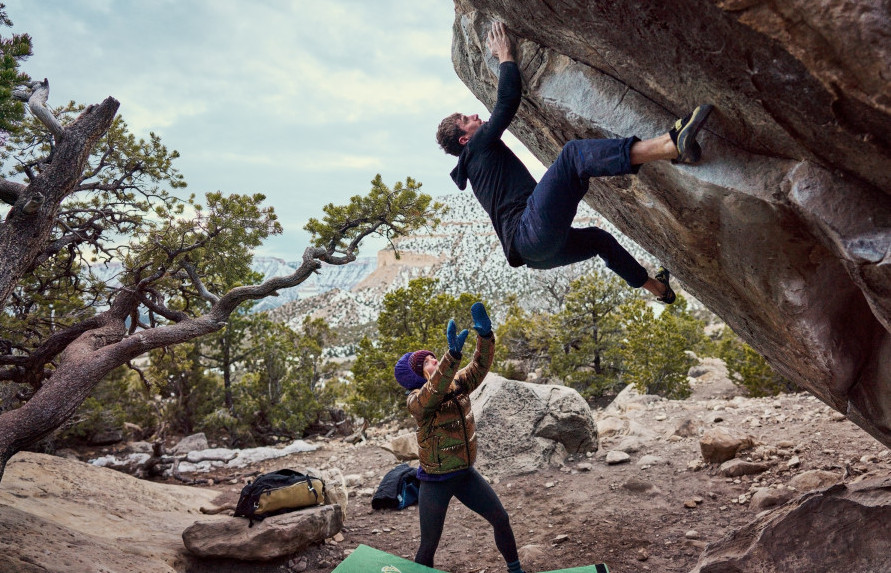
Click here for a robust, Outdoor Alliance map highlighting the immense recreation found in Utah’s Roadless areas.
Likewise, Alaska’s tourism industry depends on the Tongass’ continued scenic wildness and thriving wildlife, qualities that make it unique to the rest of the world and therefore attract global visitors. In 2013, the USFS estimated that Southeast Alaska’s visitor industry employed 6,707 people, accounting for 15 percent of the total regional employment.
What is The Conservation Alliance doing?
Given the magnitude of the rule and the wild place protections it provides, we’ve identified upholding the national Roadless Rule as one of our top priorities of 2019. To support this, we used our Public Lands Defense Fund to provide grants to four organizations for their work to uphold the National Roadless Rule. Grantees and projects include: Outdoor Alliance – Defending Utah’s Roadless Forests, Southeast Alaska Conservation Council – Keep the Tongass Roadless and Wild, The Wilderness Society – Roadless Rule Defense, and Trout Unlimited – Sportsmen for Utah Roadless Rule. Additionally, we will continue to offer our members opportunities to speak out in support of the Roadless Rule both in the comfort of their offices, and within the halls of Washington DC.
What Can YOU Do?
- Are you a member of The Conservation Alliance? Encourage your brand to sign onto our Roadless Rule brand support letter to Agriculture Secretary Perdue.
- Are you eager to take action as an individual? We’ve made it easy for you to send a note to your Senators and Representative urging them to support legislation to uphold the national Roadless Rule. Click here to take action today.
Stay tuned for more ways to engage in the USFS planning process for both Alaska and Utah specific plans in the months to come.


